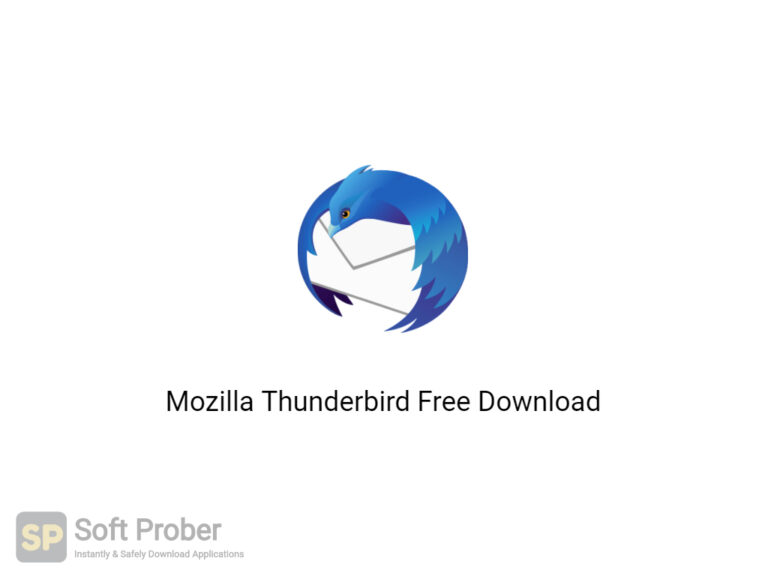

Fill the fields following Step 2 on Figure 3. Right-click on it and choose “New Item…”. In the left part, choose the appropriate category to create a new application shortcut. The window of “KDE Menu Editor” should appear (see Figure 3). To create an app shortcut, right-click on the “Application Launcher” icon in the panel and choose the “Edit Applications” option. In this section, I describe how to configure the latter case. In the first case, you would be able to launch Thunderbird from terminal applications, while in the latter case, KRunner could start the app. The better approaches are to either create a link to the thunderbird executable (e.g., a soft link to the executable or a bash script to invoke it) in one of the directories included in your “PATH” variable and/or create an application shortcut. Kubuntu: Making Program Shortcut (Optional)īeing installed in this way, you can launch Thunderbird each time using the command described in the “Installation” section. I have found out that for some reason, after automatic updates, Thunderbird resets the profile back to “default-profile1”, and you need to repeat these actions to activate the profile with all your data. In this article, I describe how I updated Thunderbird from version 78 to 91. Unfortunately, this did not happen for older releases, and I decided to install Thunderbird 91 manually. Therefore, I decided to wait until a new Ubuntu version (21.10) would be released because I thought it might bring Thunderbird 91.

However, at that time, I did not manage to find a Personal Package Archive (PPA) or a deb file with this newer version. After I found that, I decided to update Thunderbird.

I checked my version of Thunderbird, and it was 78.13.x. There, I discovered that the calendar sub-system was improved considerably in Thunderbird 91.0. I checked some forums looking for explanations of some particular error codes and how to resolve them. However, after I started to use it, I have faced issues in calendar functionality (e.g., its inability to synchronize event data) that were very difficult to triage. As usual in Linux distros, I have installed a Thunderbird version using my package manager and configured my email client according to the recommendations. Our IT support recommends using Thunderbird, and I followed their advice. Hence, I have to start using an email client that supports this functionality. Currently, my laptop runs Kubuntu 20.04.Īt my new working place, people actively use calendar/email facilities. So as I need a stable system, I usually stick with the Long Term Support (LTS) releases. As you may know, I am a long user of an Ubuntu-flavored operating system (Kubuntu).


 0 kommentar(er)
0 kommentar(er)
